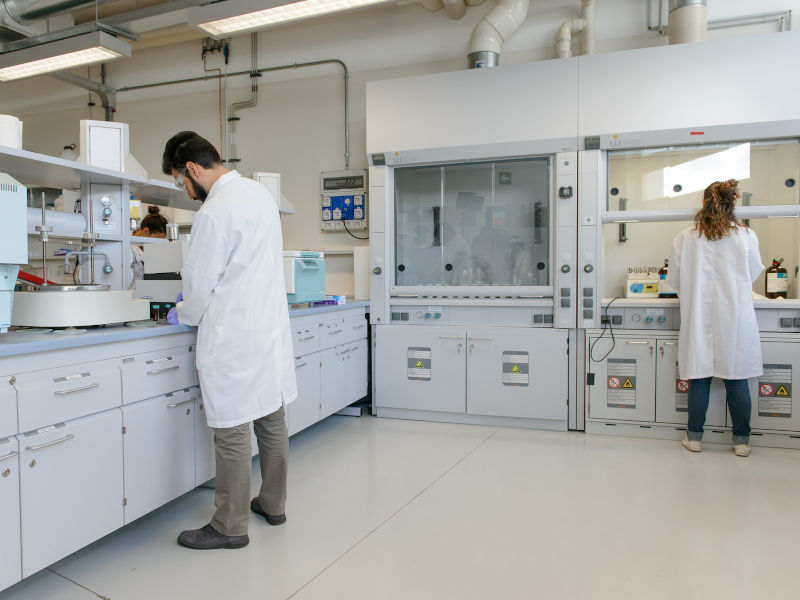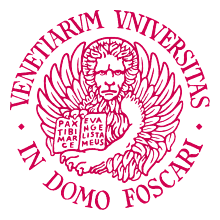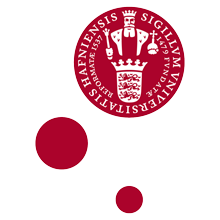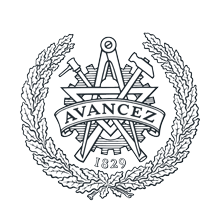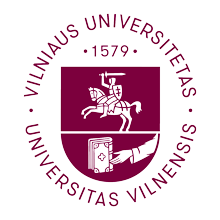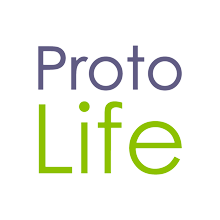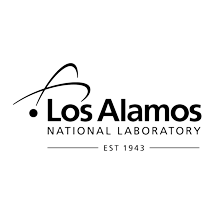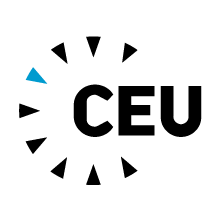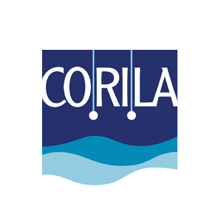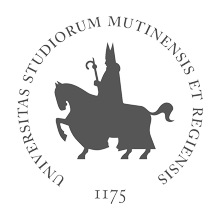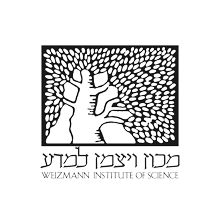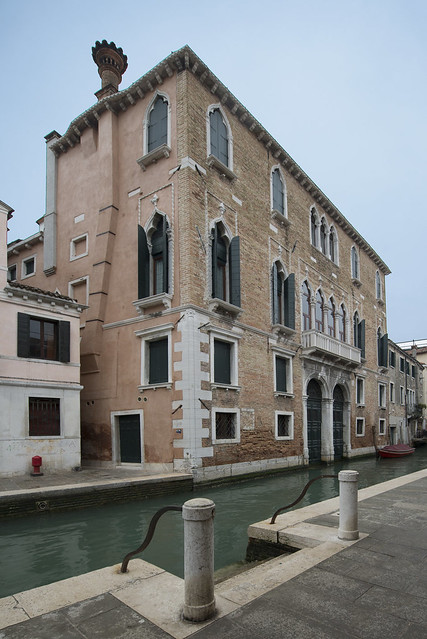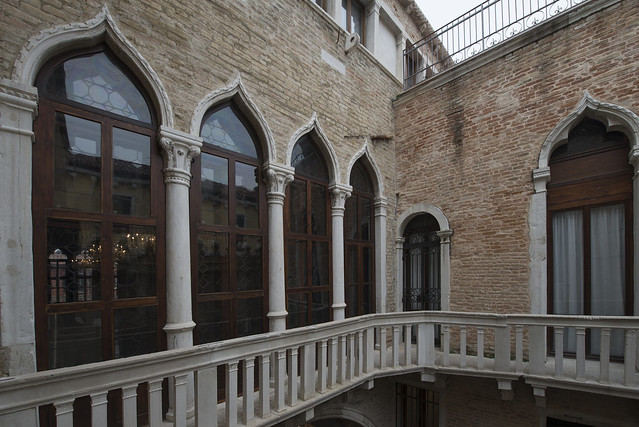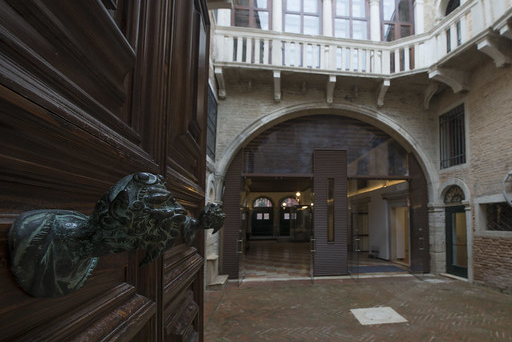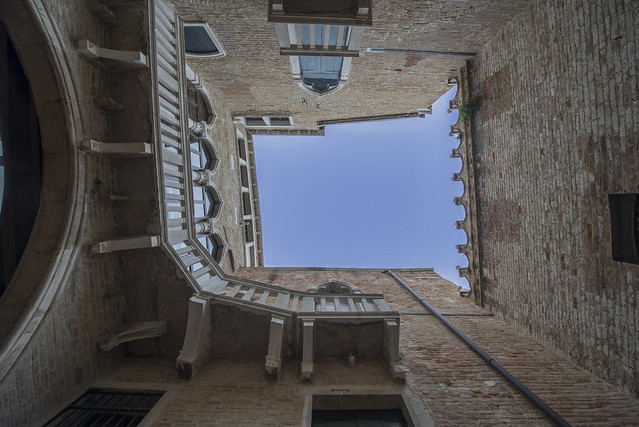Goals
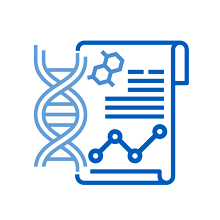
Promote, carry out and coordinate research activities and the diffusion of scientific results in the field of living technology. The scientific areas for living technology are the nano-bio-technologies, self-organizing and evolving information and production technologies, and adaptive complex systems.

Support and develop scientific collaborations with thematically associated international projects, with national and international research institutes and with firms in the area of living technology.

Offer consulting and research services to agencies, institutions and firms in the area of living technology; promote, support and organize teaching activities, and high-level training in this field.

Organise scientific meetings, workshops, publications and exhibitions for the development and diffusion of Centre research.
History
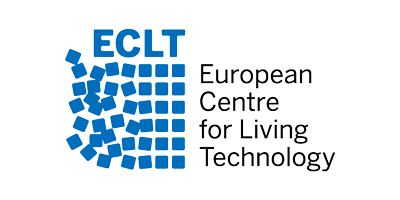
Founded in 2004 the European Centre for Living Technology is an international and interdisciplinary research centre established as an inter-university consortium, currently involving 18 European and extra-European institutional affiliates.
The Centre is devoted to the study of technologies that exhibit life-like properties including self-organization, adaptability and the capacity to evolve.
ECLT received its initial funding in 2004 through the EU project PACE (Programmable Artificial Cell Evolution, FP6), and continued to pursue cutting-edge research as coordinator and partner in European projects (FP6, FP7, H2020 and EuropeAid). A molecular biology wet Lab has also been established and hosted an intense research activity.
ECLT is a place to conduct research, develop collaboration and discussion. It organized several conferences, workshops, meetings, public lectures, summer schools and activities related to the projects research. Several external distinguished scientists have spent extended periods of time in ECLT, allowing long-lasting fruitful interactions. The Centre has developed extensive experience and competence in project coordination and planning, including the involvement of SMEs, and civil society organizations.
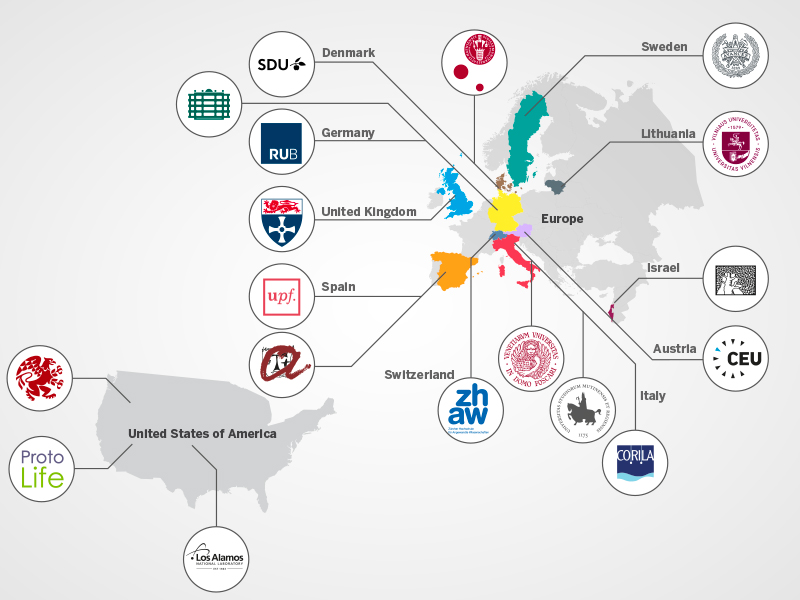
Research units
International and interdisciplinary research activity of ECLT is organized in Research Units which currently includes:
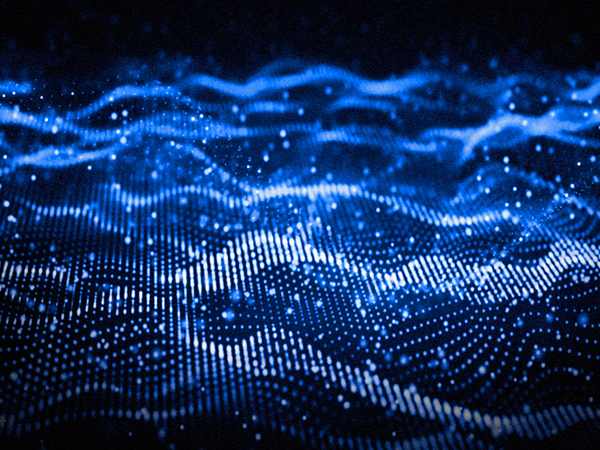
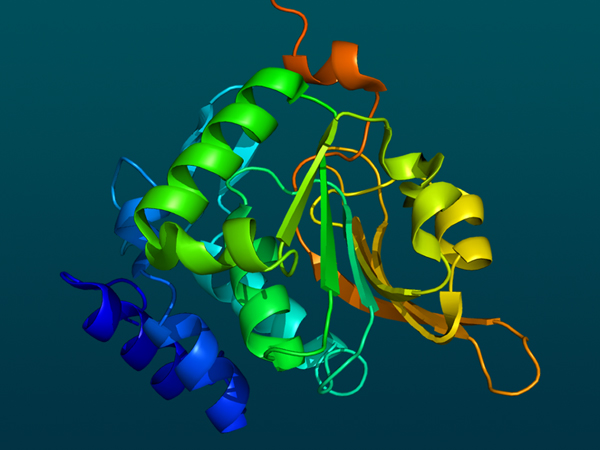
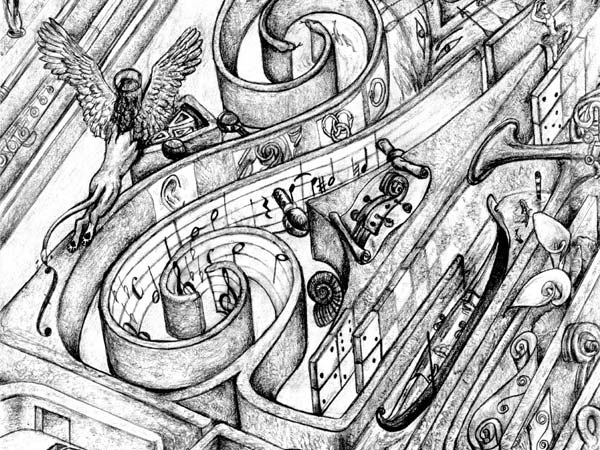
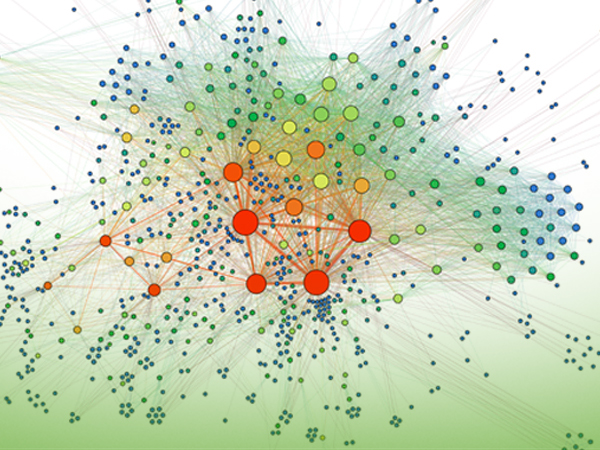
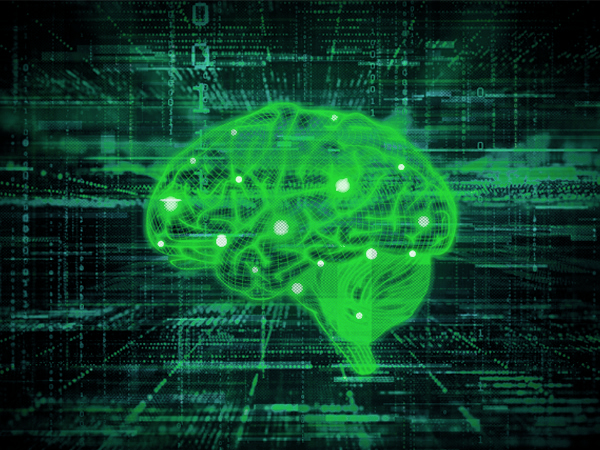
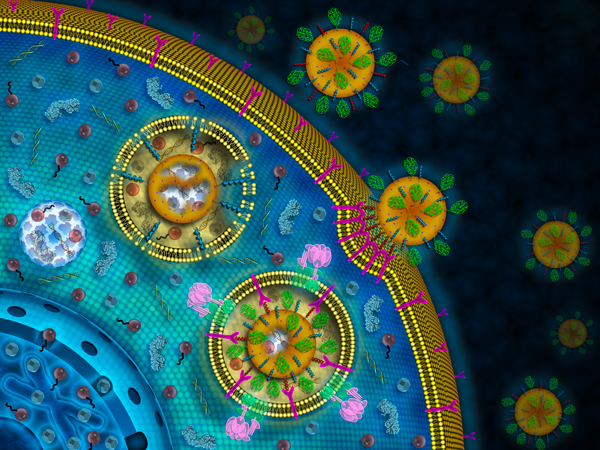
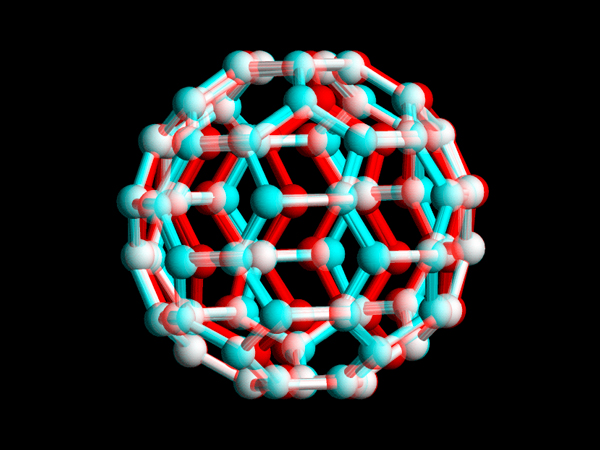
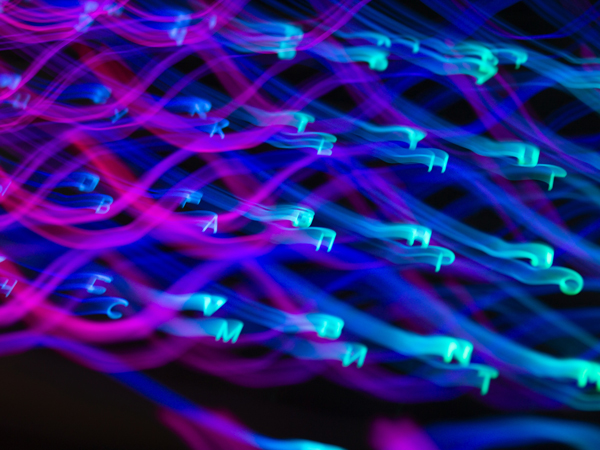
Research projects
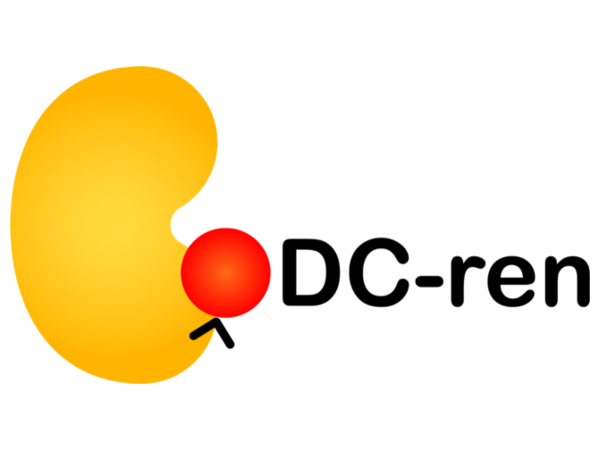
DC-ren
Diabetic Kidney Disease (DKD) is highly prevalent in type 2 diabetes. The complex disorder presents as an accumulation of risk factors, which we treat with drug combinations. Individual patients show remarkable heterogeneity in drug response: for resolving variability, we propose a new concept for personalization of drug combinations beyond the cohort-centric perspective.

Narratives Observatory to combat Disinformation in Europe Systemically (NODES)
The Narratives Observatory to combat Disinformation in Europe Systemically (NODES) has been designed to deploy the power of narratives in the fight against disinformation within the European public sphere. The objective of NODES is to develop and critically assess a novel large-scale mechanism to analyse and monitor the origin, development and spread of narratives classified as “disinformation”, to effectively provide quantitative and qualitative data on the narrative approach to disinformation, including the implementation of the NODES Narrative Methodology, recommendations for future policy action and novel practices for practitioners in the field.
Location
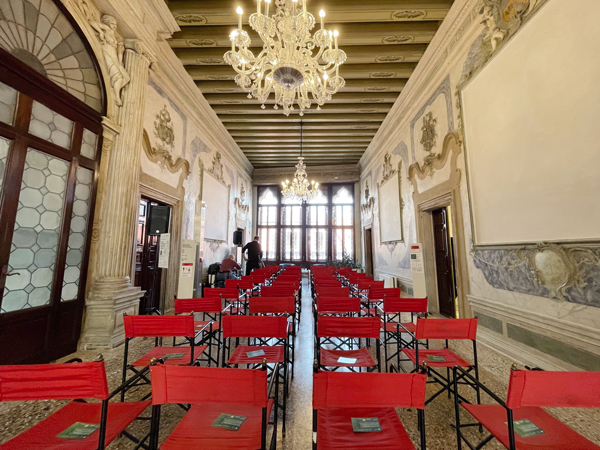
The European Centre for Living Technology (ECLT) is located in Ca’ Bottacin, a XIII century palace also known as Palazzo Corner della Frescada Loredan, very near to the Ca' Foscari University of Venice administrative center. To schedule appointments please write a mail to eclt@unive.it
This magnificent building is the venue for various events and lectures organized by the hosted Centers (ECLT and NICHE).
Pictured is a setup in the main hall for the Annual Lecture.
How to reach us
To reach the Cà Bottacin palace from Santa Lucia railway station or from the car parks in Piazzale Roma or in Tronchetto Island you can use the local means of transportation (water buses called "vaporetti") of the company ACTV, line n° 1 or 2, getting off at St. Tomà Stop that is about three minutes walking far from ECLT.
ECLT is reachable from Santa Lucia railway station and from Piazzale Roma by a 10/15 minutes walk too.
From Venice Marco Polo airport or Treviso Canova airport you can take the ACTV bus number 5 or the ATVO coach to Venice/Piazzale Roma. From Piazzale Roma, you can use the water bus line n° 1 or 2 getting off at St. Tomà Stop that is about three minutes walking far from the Cà Bottacin palace.
Laboratories
ECLT has moved its laboratory at the new scientific campus [ITA] seat in Mestre (Venice).
The Laboratory has been realized with the support of the bank foundation "Fondazione di Venezia" and it is now at the disposal of students, researchers, professors of ECLT and Ca' Foscari University of Venice.
The "LivingTech Lab" is equipped with cutting-edge high-throughput screening equipment to allow the investigation of complex biological systems.
The initial equipment covers the following areas:
- Molecular biology: PCR, multi-label imaging system, 1D and 2D-electrophoresis system.
- Protein biochemistry: Low to middle scale expression and purification of recombinant proteins. Protein-protein and protein-DNA interaction. Enzyme characterization by polarised fluorescence, fast kinetic spectroscopy.
- High-throughput screening: 4-channels liquid handling robot equipped with a broad range of devices for microplate-based (from 96 to 1536-wells) biological and biochemical assays (Absorbance, glow and flash chemio- luminescence, bottom- top fluorescence, time-resolved fluorescence, polarised fluorescence for enzyme screening).
- Biological sample storage system: equipped with linear bar coding and sample tracking system.
- Analytical chemistry: High-throughput HPLC and FPLC coupled with UV-Vis spectrometer and fluorimeter.
